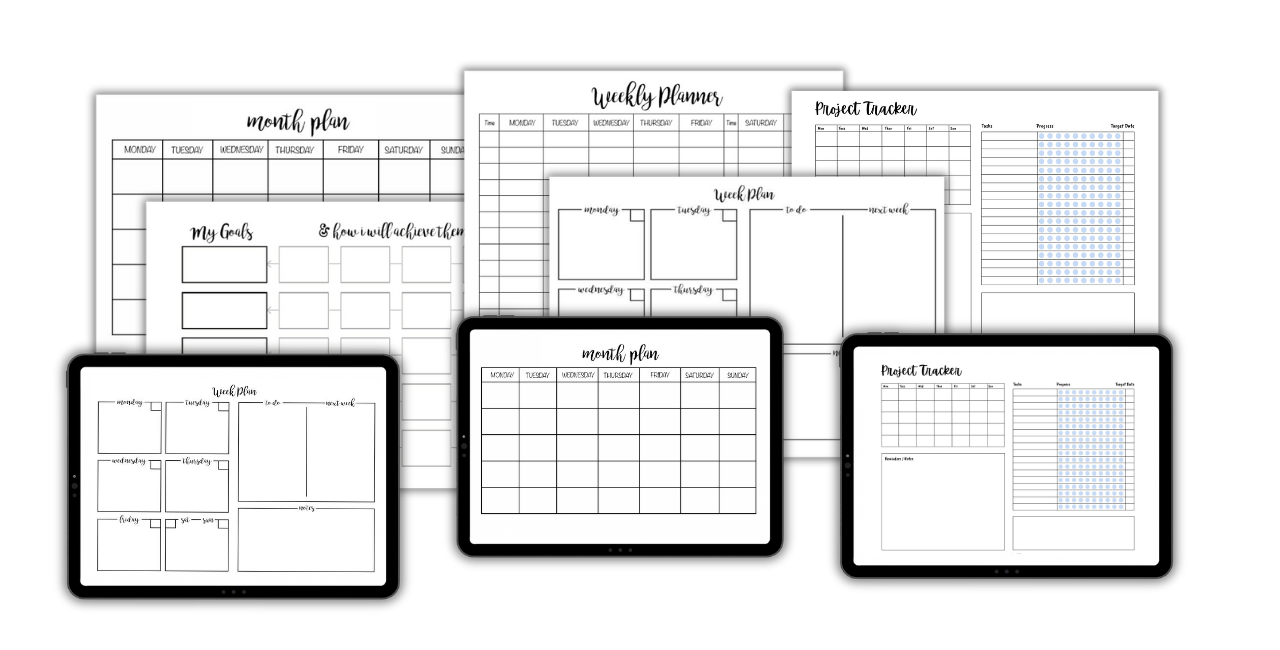7 steps to make a mind map for study

Have you ever looked at your notes and thought, there's too much here, and nothing is really sticking?
Sometimes your brain doesn’t absorb things when they’re all written in a list. That’s where mind maps can help.
What is a mindmap
Mindmaps are a way to display information visually; instead of having information line after line, you get to see how ideas connect. When your brain sees those links, it remembers them better.
Instead of just listing facts, you’re seeing how ideas relate to each other. That’s what your brain remembers, not just the content, but how it all fits together. Plus, they’re actually fun to make.
When you use this tool to study, information feels clear and creative; and it feels way less overwhelming.
Why mindmaps work well as a study tool
Let's summarise the key points:
- Organise your thinking: Mindmaps help you organise your thinking, rather than having traditional notes.
- See connections and links: Mindmaps help you see what you’re learning and how the information links to other pieces of information, rather than just reading it.
- Big picture view: This approach helps you understand the bigger picture, which in turn aids in absorption and comprehension.
- Visual learner-friendly: Mindmaps are brilliant, especially if you’re a visual learner. One of the best study tools is mind maps, which cater to your brain's love of patterns, colour, and shapes, all in one place.
- Timelines and processes: If you have dates or steps to a process, mindmaps are perfect.
How to create a mindmap
Here's an example, but it doesn't have to be this way. Try your style that works for you. Here’s how to get started, step by step.

1. Start with the central topic
Write the main subject in the middle of your page. This is your starting point, the thing that everything else connects to.
2. Branch out with main ideas
Draw lines out from the centre. These are your key headings or subtopics. Keep it simple. Think of what your teacher would put on the whiteboard or what’s in your syllabus.
3. Add supporting details
From each sub-topic, add smaller branches with facts, examples or definitions. These are the details that build understanding.
4. Use colour and visuals
Use colour to show different ideas or topics. Add symbols, arrows, little drawings or icons. Anything that helps you recognise and remember. You can even doodle around the content if that’s your style. Small sketches that relate to the topic help trigger memory and make studying more fun and personal.
5. Show relationships
Draw arrows or lines to connect related ideas, even if they come from different parts of the map. This helps your brain see how one idea influences another.
6. Keep it spacious
Don’t cram everything into one corner. Spread your ideas across the page so your eyes (and brain) can easily follow the flow.
7. Make it your own
Everyone’s mind maps look different. Don’t worry about making it perfect. The point is that it works for you.
👇While you're here...
Want to join the early Access list to the Mini Planning Course?
Stay connected with news and updates!
Join our mailing list to receive the latest news and updates from our team.
Don't worry, your information will not be shared.
We hate SPAM. We will never sell your information, for any reason.

